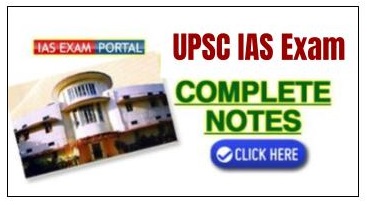(FREE) UPSC Current Affairs 2025 PDF
NEW! The Gist (SEP-2025) | E-BOOKS
(Paper) IAS Mains Previous Year Paper History (2008)
Union Public Service Commission
IAS Mains Previous Year Paper History (2008)
SECTION – A
Q1. Mark any FIFTEEN of the following places on the map supplied to
you and write short descriptive notes on the places marked by you:- 4×15=60
(i) Burzahom
(ii) Banawali
(iii) Ahar
(iv) Girnar
(v) Chandraketugarh
(vi) Brahmagiri
(vii) Bayana
(viii) Gangai Kondachelapuram
(ix) Tamralipti
(x) Muziris
(xi) Amban
(xii) Modhera
(xiii) Devnimori
(xiv) Bhadreshwar
(xv) Bundi
(xvi) Gingee (Jinjee)
(xvii) Antichak
(xviii) Gaur
(xix) Sasaram
(xx) Mahasthamgarh
Q2. Discuss the distribution and significance of farming cultures outside the Indus system.60
Q3. How justified are we in characterizing the post-Mauryan five centuries as the “Dark Period” of Indian History? Give reasons in support of your answer.60
4. How do recent archaeological findings and Sangam literary texts enlighten us about the early state and society in South India?60
SECTION – B
5. Write short essays in not more than 200 words each on any THREE of
the following: 3×20=60
(a) The Ahom Kingdom
(b) Significance of the arrival of the Portuguese in India
(c) The ‘Corps of Forty’ and its relations with the Sultan
(d) Evolution of the Khalsa Panth
6. What are the manifestations of Tamil devotional cults? How do you account for their growth between C. 750 and C. 1200 CE?60
7. Delineate the striking features of agricultural and craft production during the sixteenth and seventeenth centuries in India. How did they impact the social fabric of the country?60
8. Delineate the striking features of agricultural and craft production during the sixteenth and seventeenth centuries in India. How did they impact the social fabric of the country?60
2008-Paper II
HISTORY
Paper II
SECTION – A (Modern India)
Q1.Comment on any three of the following statements in about 200 words
each: 3×20=60
(a) “Sprung from paternalism, the English Utilitarian philosophy as introduced
in India rejected its human warmth between rulers and the ruled.”
(b) “The vernacular press in the nineteenth century was both newspaper as well
as ‘views-papers’ that enlightened the dormant masses.”
(c) “Is moral law the laws of conscience, higher than the law of the state,
which is oppressive?”
(d) “In exercising its exclusive power the Parliament additionally enacted the
Untouchability (Offences) Act in 1955.”
Q2. Critically examine the impact of the famine policy on rural India. Describe the official remedial measures undertaken.60
Q3. Write a critique on the impact of the Drain Theory of Dadabhai Nauroji in the growth of economic nationalism.60
4. Describe the changing nature of revolutionary activities in India between 1905 – 1946.60
SECTION – B (World History)
5. Comment on any three of the following statements in about 200 words
each: 3×20=60
(a) “France was more fertile than Britain in producing new Socialist theories
and movements, though they bore less concrete results in France than in
Britain.”
(b) “Most of the European Revolutions of 1848 were nationalist as well as
popular insurrection against foreign rule and repressive policy of Metternich.”
(c) “In the long run, the Locarno Treaty (December 1925) was descriptive both of
the Treaty of Versailles and of the Covenant.”
(d) “After World War II, the strategy of the West towards Soviet bloc
crystallized as a ‘policy of containment’.”
6. “The Enlightenment represented alternative approaches to modernity, alternative habits of mind and heart, of conscience and sensibility.” Discuss.60
7. Account for the factors that brought about the end of the Cold War.60
8. Assess the significance of the political developments that took place in Eastern Europe during 1989-2001.60


